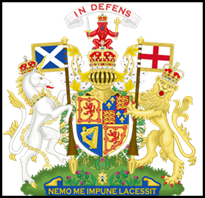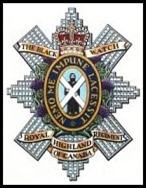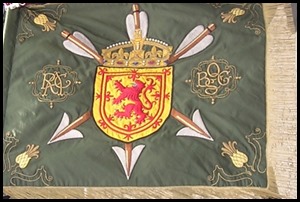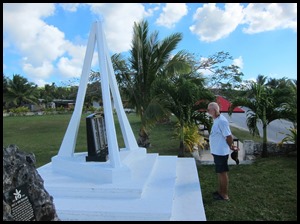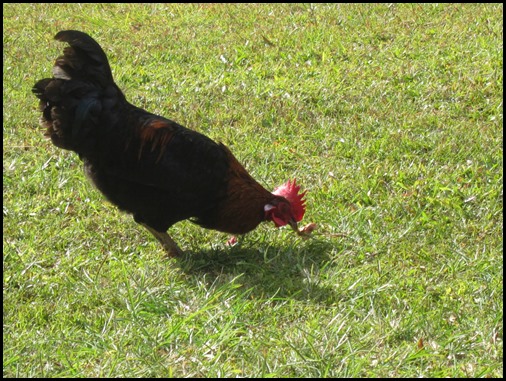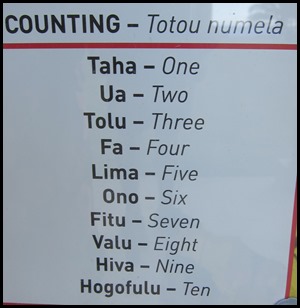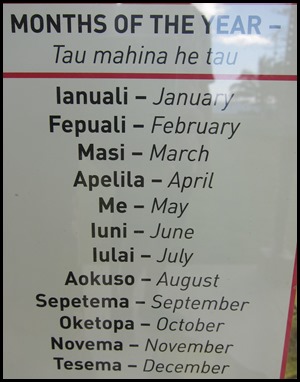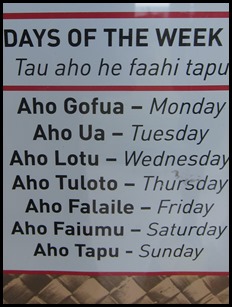Final Niue

Beez Neez now Chy Whella
Big Bear and Pepe Millard
Wed 30 Oct 2013 23:57
|
Our Final Niue Bimble – A
Mixed Old Blog
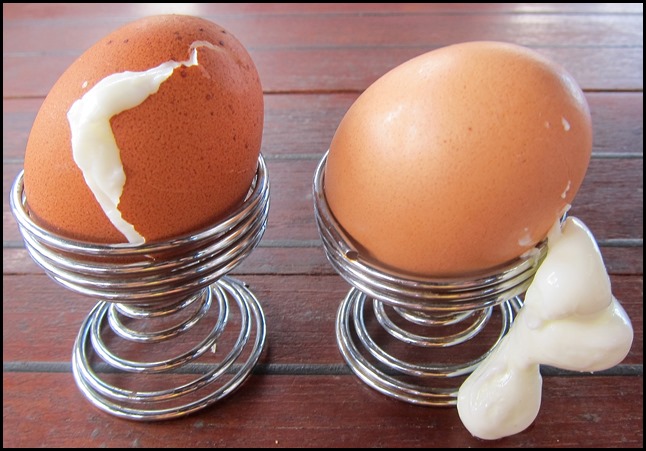 Our final day began with an egg event – a sorrowful looking chap on the right until
I mentioned pictures for a blog, he immediately perked up.
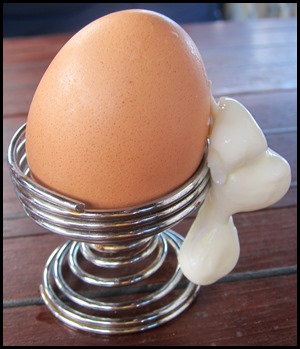
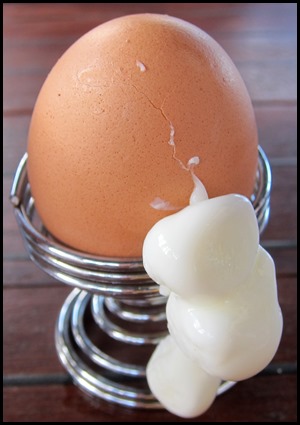
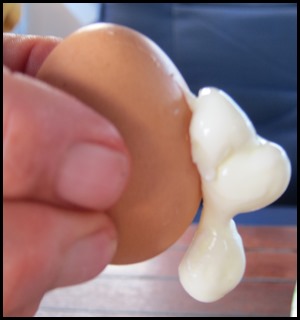 Ready with a pose
or two, even letting Bear pick him up, but the
skipper wiggled as he was so hot.
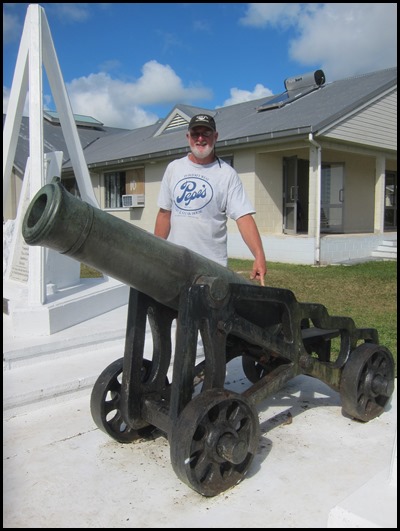 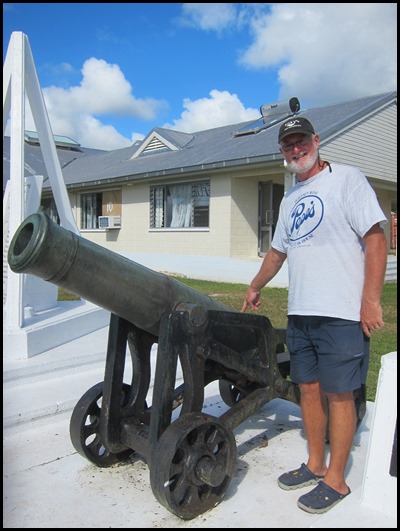 The first job ashore was to get Bear
in his ‘trigger finger’ position by this fine
cannon.
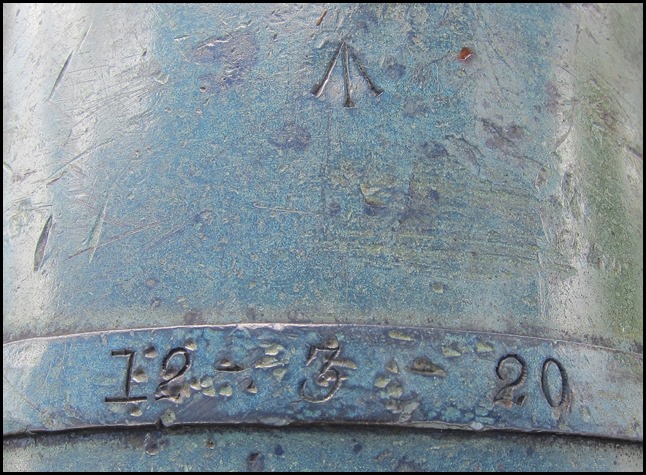 We began to take a closer look at
the engravings.
 Eardley Bryan provides this
information:
In front of the Old Building at RMA
Sandhurst are some Blomefield pattern cannons and 'F M
Eardley-Wilmot' is stamped on some of them. His great-uncle Sir Thomas
Blomefield was previously Inspector General of Ordnance. Frederick
Eardley-Wilmot was Superintendent of the Gun Factories from 1855. So here we are
on the tiny island of Niue, Bear posing by a cannon that has ‘twins’ at
Sandhurst, quite something.
The Eardley-Wilmot Baronetcy, of
Berkswell Hall in the County of Warwick, is a title in the Baronetage of the
United Kingdom. It was created on 23rd of August 1821 for the politician and
colonial administrator John Eardley-Wilmot. He was Lieutenant-Governor of Van
Diemen's Land from 1843 to 1846. Eardley-Wilmot was the son of John Wilmot
(1750-June 1815), barrister-at-law and one of the Masters-in-Chancery, who in
1812 had assumed by royal license the additional surname of Eardley as the
great-grandson of Elizabeth, sole heiress of Edward Eardley, of Eardley,
Staffordshire, and the grandson of John Eardley Wilmot, Chief Justice of the
Common Pleas from 1766 to 1771. The second baronet was a judge and also sat as
Conservative Member of Parliament for Warwickshire South. Another member of the
family to gain distinction was Frederick Marow Eardley-Wilmot, second son of the
first baronet. He was a Major-General in the army.
The Eardley-Wilmot family shares a
common ancestry with the Wilmot baronets of Osmaston and the Wilmot baronets of
Chaddesden.
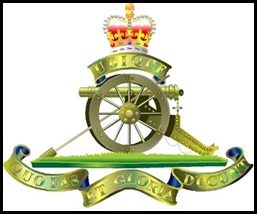 The Royal
Artillery Institute (later Institution) was formed in 1838 as an
educational scientific club for artillery officers. The Regiment had always been
scientific, but this was also a time when Howick’s reforms had put education to
the fore. The Institute was founded by two young officers, Lt. (later Gen. Sir)
John Lefroy and Lt. (later Maj.-Gen.) Frederick Marow Eardley-Wilmot, the former
inspired by the precedent of Charles Hutton’s short-lived Military Society of
the 1770s. The Institute’s first building of 1838–9, erected under the
supervision of Lt. Col. George Harding, CRE, was an observatory, on high ground
near the Rotunda, for training in magnetic observations, to assist in a
pioneering global survey of the 1840s with which Lefroy and Eardley-Wilmot were
closely involved. For its telescopes it had a transit room, flat roofed with
paired tall thin windows due north and south for observations, and, further
west, a small round equatorial room with a conical roof. On the other side of
its entrance lobby to the east a three-bay single-storey and basement block
housed a library and, to the north, a reading and writing room.
The Construction of Ordnance -
Abstract:-
About thirty years ago, during the
raging of the Crimean war, special attention began to be directed towards the
improvement of our artillery. The old Board of Ordnance was abolished. The
manufacturing departments at Woolwich were put under the control of a newly
created Minister of War. That able and high-minded officer, Colonel F. M.
Eardley-Wilmot, R.A., was appointed Superintendent of the Gun Factories, July
1855. He commenced his work in a thoroughly sensible and practical manner, and
pursued his inquiries for suitable materials for guns both at home and abroad.
He was ready to adopt anything, new or old, provided it was of the right sort.
Sir H. Bessemer has remarked: “My early progress was known to only a few
scientific men, among whom was Colonel Eardley-Wilmot, R. A., who took great
interest in the invention.”
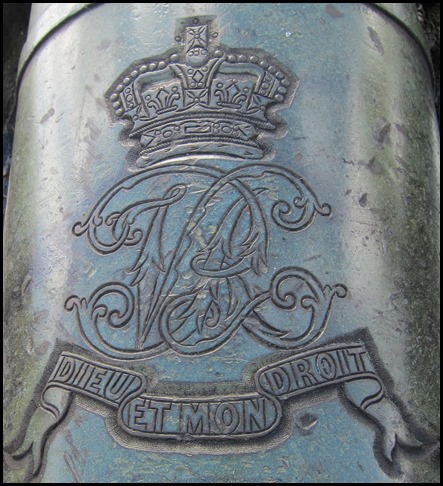 Dieu et mon
droit is the motto of the British Monarch of England. It appears on
a scroll beneath the shield of the coat of arms of the United Kingdom. The motto
refers to the divine right of the Monarch to govern and is said to have first
been used by King Richard the Lionheart as a battle cry and official motto of
battle, then adopted as the royal motto by King Henry V in the 15th century. It
is on the front page of our UK Passports.
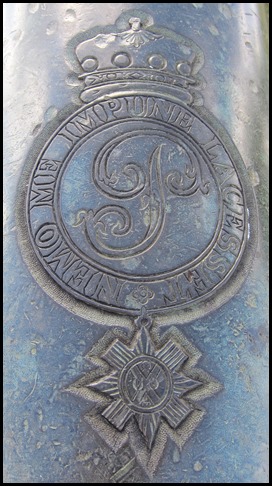 Nemo me impune
lacessit is the Latin motto of the Order of the Thistle and of three
Scottish regiments of the British Army. The motto also appears, in conjunction
with the collar of the Order of the Thistle, in later versions of the Royal coat
of arms of the Kingdom of Scotland and subsequently in the version of the Royal
coat of arms of the United Kingdom used in Scotland. It means No one "cuts"
(attacks) me with impunity, and is loosely rendered in Scots as Wha daur meddle
wi me? (in Scottish Gaelic - Cha togar m' fhearg gun dìoladh). It is also
alternatively translated into English as No one can harm me unpunished. Like the
thistle, anyone trying to cut it gets a handful of painful barbs.
We paid our respects to the memorials and bade them ‘farewell’.
Next it was to the Duty Free for a few bits to tide us over. Then we had an ice lolly watching a chicken picking at a chicken bone – wrong on so many levels.
I’m afraid we have failed dismally with Niuean, just barely managing “Hello”, but it is a really hard language. So with that a swift libation in the yacht club and to pay our dues. Date night at the café across the road and home for a very rock and rolly night. .
ALL IN ALL A
FABULOUS ISLAND
|
